Why are there Hardware Shortages in HDDs, SSDs, NAS, DAS and more
If you have been trying to purchase any kind of hardware in the last 12 months, then you will be acutely aware that there have been reported shortages in practically all kinds of business and commercial technology. Indeed, for many this has felt like the case for the better part of the last two years or so, and although it would be so, so easy to place blame on the pandemic, the sad reality is that there are numerous global factors right now that are causing technology hardware shortages to reach this critical degree. Today I want to discuss each one of the main reasons that have resulted in us being unable to find or afford the hardware we so desperately want in 2022, as well as why this is likely to continue well into 2023 and 2024.
Note, I wrote an article on this subject back in April 2021, which you can find here, and although several of the factors covered in it still continue to be long-standing issues in 2023, there are several new hurdles (social, environmental and political) that have arisen since then to exacerbate the situation. I have tried to avoid being too repetitious on this update on hardware shortages since my last video here, so if you think I have missed something, it might well be covered there.
The Aftermath of the Global Pandemic on the Supply Chain
We Need it Now, Yesterday, Tomorrow, Not at all!
Yes, I did say that there was more to these shortages than the global pandemic, however, we still need to acknowledge that this is still a HUGE factor in what has caused hardware shortages worldwide. Although the peak of the pandemic for most regions has passed, changing work patterns, buying habits and available budget afforded by most users in the last 24 months have left the routine of most hardware manufacturers and their production schedules in tremendous disarray. First, there was confusion over which hardware needed to be mass-produced at the production lines (predominantly in the east of the world) that had to suddenly adapt to rapidly changing consumer needs, no longer making bulk/larger business purchases and domestic transport procurements during lockdown and isolation periods, but now desiring home office accessories such as laptops monitors and a myriad of remote working tools. This also resulted in many companies and individuals hoarding their budgets to ‘weather the storm’, thereby further reducing the amount of hardware being purchased generally.
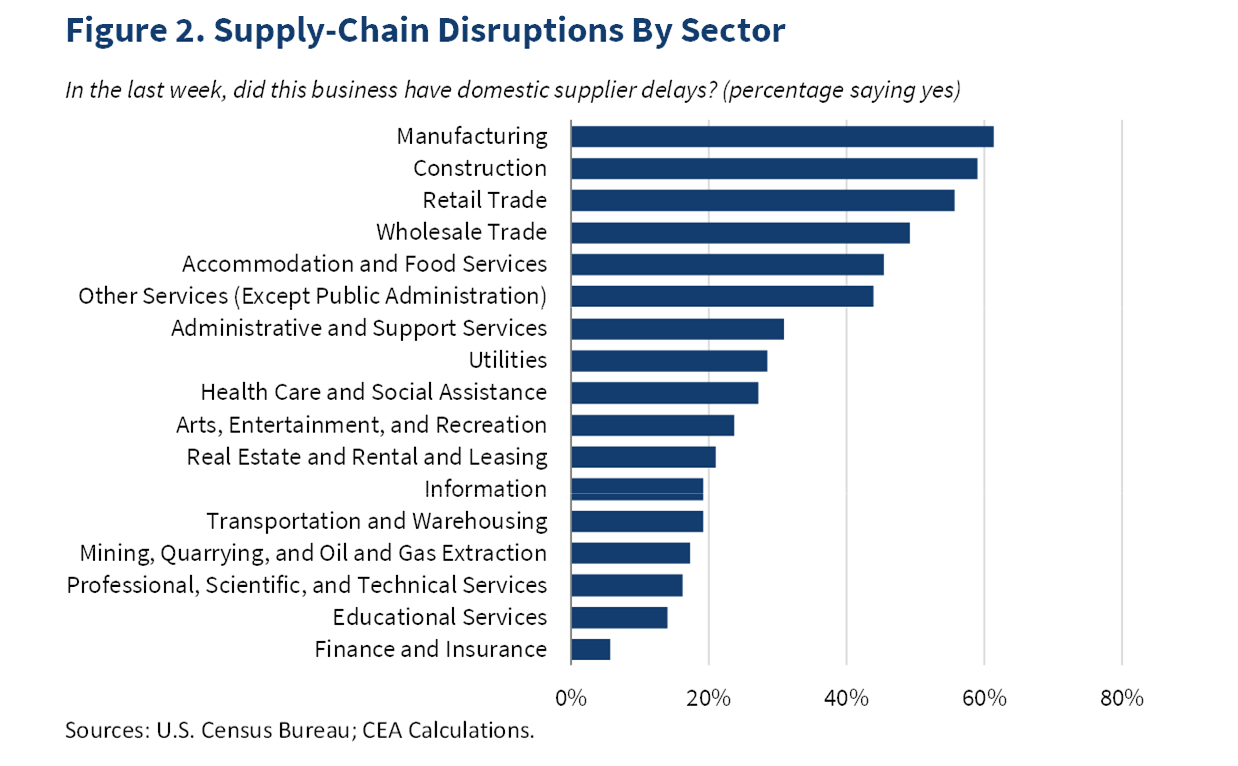
Additionally, although the bulk of the world has now returned to a relative state of normality at the manufacturing sector and production line, for the last 18 to 24 months we have observed safe working practices and reduced numbers of on-site teams which have resulted in smaller quantities of output on key components and services that are essential in the developments and creation of practically every day-to-day electronic device. People may well now be back at their desk and or workbench as they were pre-pandemic, but there is simply no way in which the shortfall in production from the last 2 years can be replaced and therefore most manufacturers are now constantly working to play catch up.
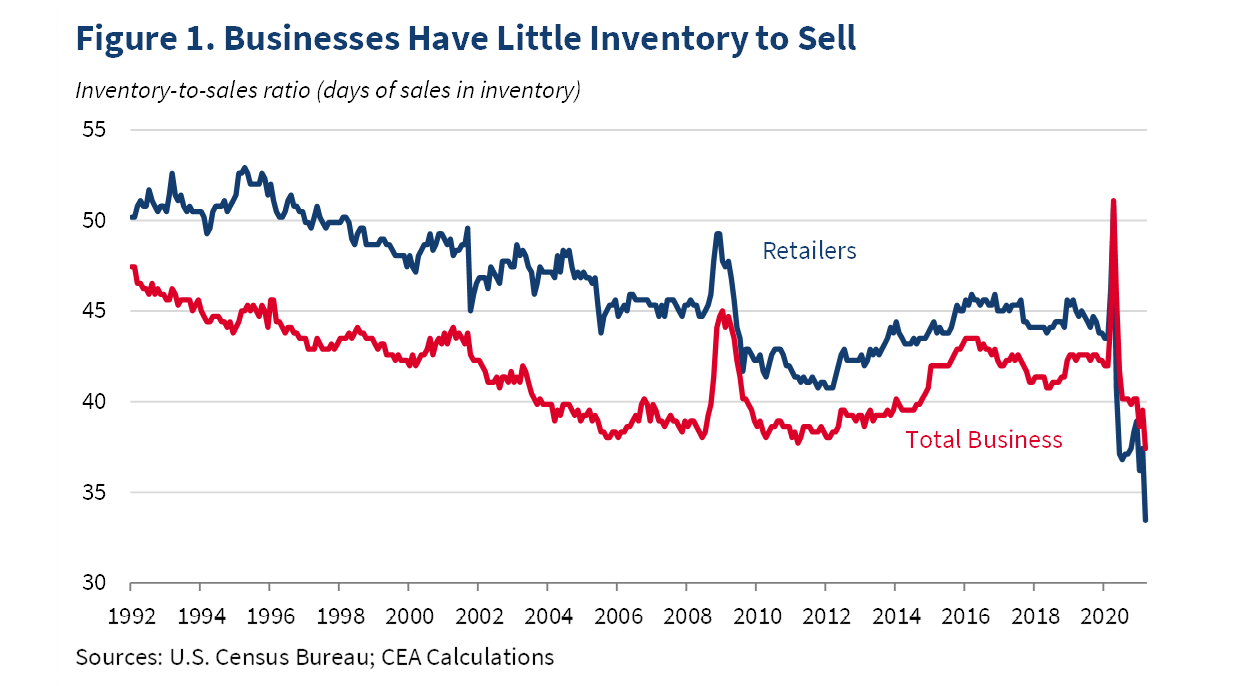
Then you had hardware that was already on backorder for companies that were no longer needed (postponed jobs, business closures, scaled-down requirements, etc) and would need to be reappropriated at the production level (ie dismantled) or companies take the financial hit, thereby limit further long-term spending across the supply chain. One key example of this was when the automotive industry that suddenly needed to flip-flop between needing new models out for sale, suddenly needing to reduce those orders as no one could go anywhere, to then all of a sudden finding that people would choose to spend suddenly available appropriate budgets on high value, quality of life improvements in their personal/home lives, such as upgrading their family vehicle. Such widespread changes across numerous areas of home and business buying patterns all added up to a tremendous degree of unpredictability at the point of manufacture, which still continues well into 2022. The impact of the pandemic is extremely broad and almost many companies would have to re-evaluate their release roadmaps to better introduce new releases to a more receptive audience, they could/would only be able to hold out so long before desperately needing to recoup on their investment.
The Impact of Adverse Environmental Changes on Production
Blame the Weatherman!
One tremendously overlooked factor that has significantly harmed large-scale computer component manufacture has been environmental challenges caused by natural resource depletion and the climate crisis. The impact of unexpected weather patterns interfering with predicted production has been big in number, but small in new coverage! That said, there are several examples of this in the news over the last 2 years that did manage to break into the mainstream. Reports of droughts in Taiwan, the largest world producer of semiconductors (by far the most important part of microchip production) and unexpected cold and heat weather highs in other smaller semiconductor producers in the US have ceased/bottlenecked production resulting in significantly reduced quantities being produced.
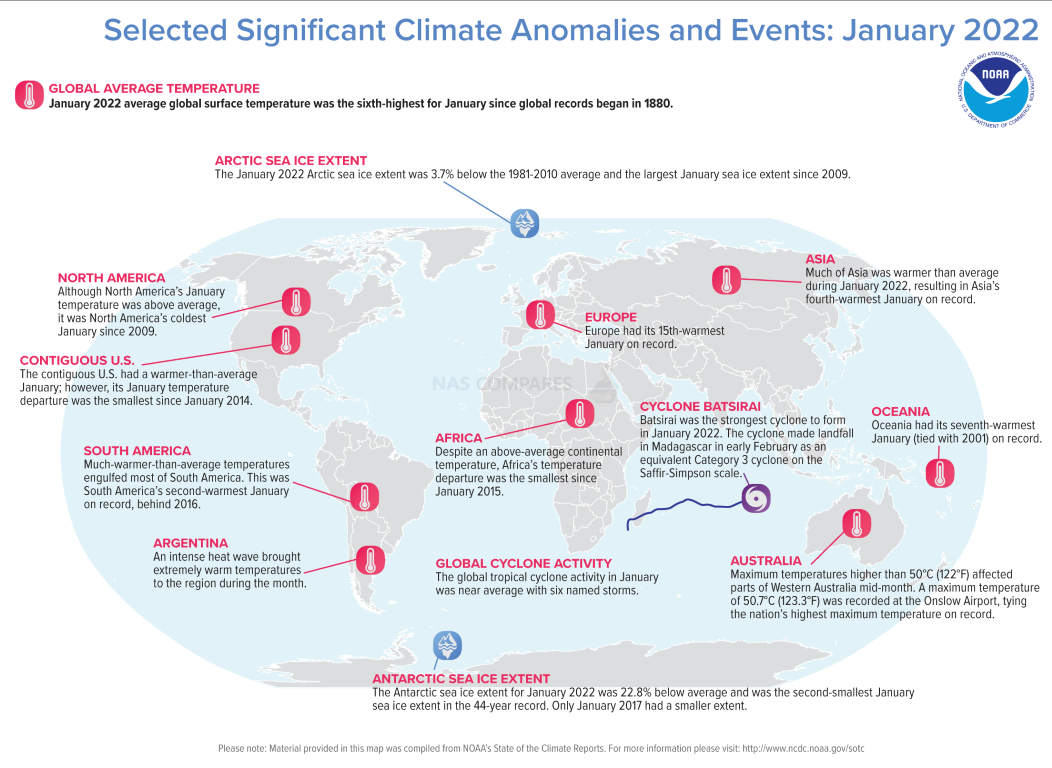
With production numbers consistently lower than forecast numbers and the value of the reduced production increasing insurmountable for some, the result is that hardware components are becoming fewer in number, more expensive and only really accessible to those who can buy in tremendous bulk. These environmental concerns and the impact of further natural disasters that range from fires caused by intense heat in rural areas to hurricanes and tsunamis have all played their part to reduce production levels. Of course, some might argue that most/all of the environmental impacts on the industry resulting from climate change are caused by these very companies themselves and, frankly, you won’t hear much argument from me on that, but nevertheless, environmental changes have had their fair share of impact and continued cause on hardware shortages right now.
Repeated and Unpredictably Release Date Changes
Coming Soon, Delayed, Cancelled, Rinse, Repeat!
Although I generally talk more about network-attached storage and data storage in general here on the blog, the rhetoric and business practices surrounding the release of new products are applicable to pretty much the ENTIRE industry right now. Some shortages in newer hardware have been caused by the brands themselves out of necessity and are the result of financial and tactical hard decisions. Many brands will refresh their available range of products every few years, producing a new hot toy that promises to be bigger and/or better than the last. Any new release will have been in production for a considerable length of time whilst its predecessor remains on sale, slowly making its way through R&D, design, production, QA and finally the build-up to release. Indeed, most brands invest a significant degree of profits from an existing series into the next big release and are relying on a healthy profit margin when it launches. The issue lies, however, when large orders for components used in a new release take longer than predicted to arrive at production and it can often be the case that a company’s capital is significantly tied up in components and hardware agreements for a product that is not ready yet. Add to that that the previously mentioned changes in buyer hardware needs and budgets, and what we find is many brands have stock levels of old or existing product ranges that are simply too high in quantity to risk releasing a follower product that will instantly devalue their existing stock as it will be deemed obsolete.

The byproduct of this is that the 2019 and 2020 series of many products in the tech sector have remained on the market considerably longer than they may have previously planned, as brands need that existing stock to sell and free up some of that allocated capital. Until this is done, many brands will resist releasing those new and improved products which may well be limited in quantity already if efforts to avoid creating a negative cash flow across their portfolio and ultimately dissatisfied consumers. Indeed, some brands reached breaking point and have been forced to make the rather complicated decision for regional releases, which means that some new products in the tech industry are only available in some regions of the world right now and will not become globally available until those stock levels are at a lower level. This is a risky move as it is no longer the 1980s and thanks to the internet. If a product is released in China or Japan, only, the world still knows about it and even these limited releases will have a tremendous impact on the global perspective of the current generation of hardware.
Social & Political Factors that are resulting in Hardware Shortagesand Logistics Barriers
War, What is it Good for?
I think it would be something of an understatement to say that politically, things have been rather volatile these last few years. The impact of major global conflict and international economical differences of opinion have led to the worldwide transit of goods and materials to be incredibly complicated. Although we could point at any number of small-scale instances of disagreement between countries and nations, two particular instances stand out above all others.
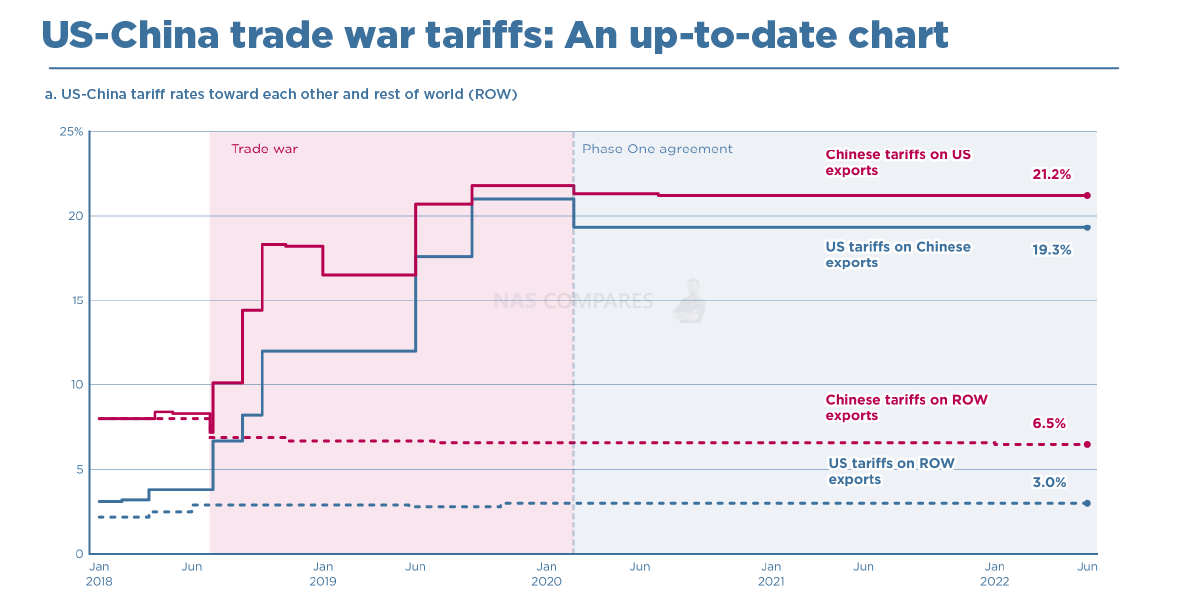
The first is the ever-evolving US-China trade war that was kicked off in earnest way back in 2019 (and was already trading blows before then) centred around security, human rights and threats of economic sanctions. Several journals have covered the key events in the US-China trade war (linked below), but in terms of hardware shortages, the result has been that many areas that produce necessary components such as semiconductors and storage components have had their distribution hugely reduced for reasons of political point-scoring, or restrictions on their sale outside of their points of origin for reasons of security across many areas of the globe. Although this trade war is now in the slow and diplomatic process of resolution, it is still very much a current factor in why some hardware remains particularly scarce. Additionally, many high-profile brands are stockpiling core components needed in the production of their products and this too has caused increased bottlenecking of key hardware resources to be made available generally. Although actions by Huawei are often sighted as the catalyst of this trade war (after breaches in security and data access were recognized and considered the ‘last straw’), this has been a building tension for many years and these two global superpowers butting heads is being felt by consumers now more than ever.
If you want to read a blow-by-blow account of the US-China Trade War, I STRONGLY recommend the BBCs updated coverage feed on this HERE (opens in new tab)
Alternatively, if you prefer a more listed timeline, WiKi has you covered HERE (opens in new tab)
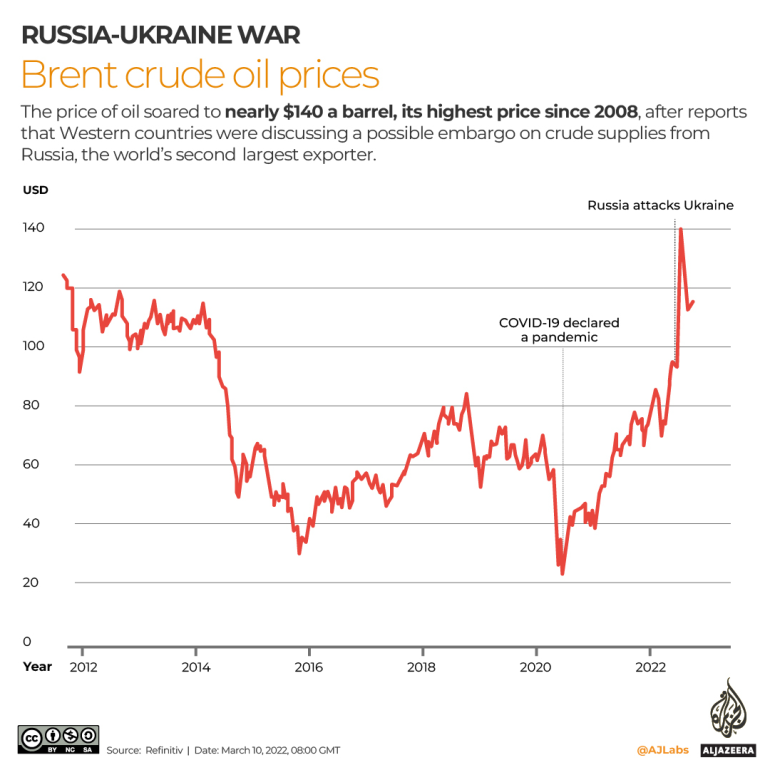
The second and much, MUCH more ‘current’ clash is the ongoing Russia – Ukraine conflict and how it has affected the price and availability of several key materials needed for logistics and manufacture (as well as basic/domestic resources too of course). First, there is the production and distribution of Neon, an important component in microchip production with the Ukraine at one point estimated to produce between 45% and 55% of the world’s supply. Restrictions on transit and complete isolation of areas of Ukraine as the conflict worsens have led to reduced quantities of neon worldwide and in turn, its impact on reduced production of these key computer components once again. On top of this, there is the fuel and energy crisis caused by Russia’s position as one of the largest fuel providers in the world. Russia has been supplying about a quarter of the oil EU countries import. That is about 2.2 million barrels per day of crude oil and 1.2 million barrels of oil products. According to the Carnegie Endowment, a US think tank, this has been earning Russia more than $1bn (£800m) a day. The EU plans to ban Russian oil imports arriving by sea by the end of this year. This would cut EU nations’ oil imports from Russia by two-thirds. New sanctions against President Putin’s “war machine” could cut the amount of oil it buys from Russia by 90%. Although the impact of this is not immediately clear on hardware production, it has significantly impacted global logistics for road and air freight, which need to factor in both the cost and availability of fuel to move goods. Add to this the difficulties in logistic routes through these areas of Europe and the continued conflict between Ukraine and Russia forcing countries to pick a side (and therefore becoming enveloped in sanctions) is yet another reason why there is a stranglehold on the availability of much electronic hardware globally.
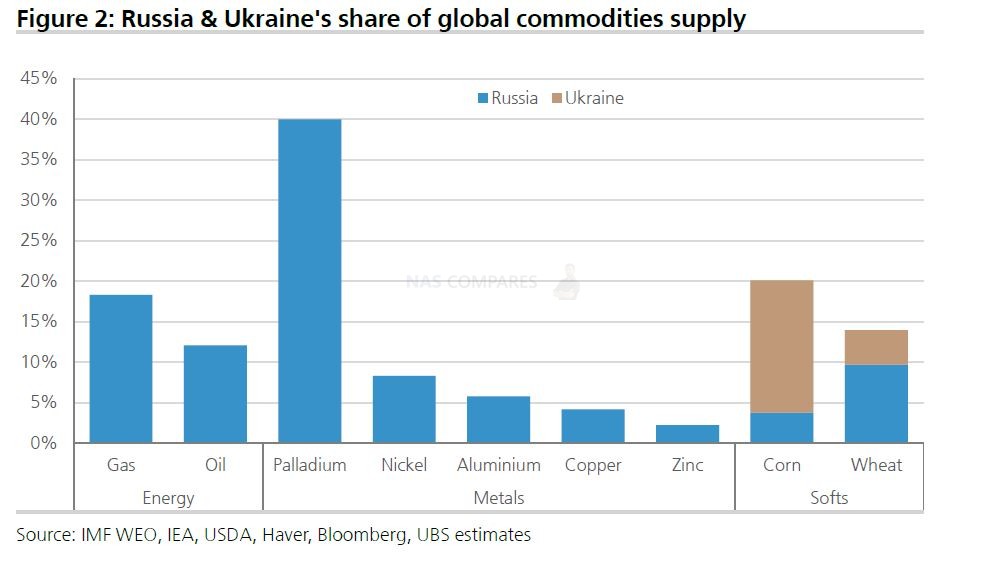
It is also worth remembering that as the Russia – Ukraine conflict continues (almost 4 months now at time of writing), many top-tier electronics and software companies have left Russia and suspended their services, with only Google currently remaining (trying to balance their financial and ethical relationship with the country with regard to information services), but this has no doubt spurred Russian controlled/influenced companies with control of key resources and components to be equally reluctant to share!
How Long Will Hardware Shortages Last?
Things are going to get worse before they get better!
So as you can see, hardware shortages worldwide are more than just the byproduct of an extended pandemic and in fact comprise many different global factors right now. Solving any single one will only somewhat alleviate the continued difficulties faced by hardware manufacturers to return to a relative sense of normality in their stock and release patterns. Add to this that each of these contributing factors discussed and the impact on hardware shortages is by no means a small-scale difficulty and we will almost certainly see hardware shortages continue well into 2023 and likely 2024. For the most part, it may well be the case that consumers and businesses alike are going to have to change their expectations on hardware availability and, sadly, likely be forced to embrace substantial price increases on even the most lower-tier domestic hardware. As always, I will keep an eye on things and hopefully, next time I write about hardware shortages it won’t be so bloody depressing. Thanks for reading. Now go and have a bit of a lie-down.
📧 SUBSCRIBE TO OUR NEWSLETTER 🔔🔒 Join Inner Circle
Get an alert every time something gets added to this specific article!
This description contains links to Amazon. These links will take you to some of the products mentioned in today's content. As an Amazon Associate, I earn from qualifying purchases. Visit the NASCompares Deal Finder to find the best place to buy this device in your region, based on Service, Support and Reputation - Just Search for your NAS Drive in the Box Below
Need Advice on Data Storage from an Expert?
Finally, for free advice about your setup, just leave a message in the comments below here at NASCompares.com and we will get back to you. Need Help?
Where possible (and where appropriate) please provide as much information about your requirements, as then I can arrange the best answer and solution to your needs. Do not worry about your e-mail address being required, it will NOT be used in a mailing list and will NOT be used in any way other than to respond to your enquiry.
Need Help?
Where possible (and where appropriate) please provide as much information about your requirements, as then I can arrange the best answer and solution to your needs. Do not worry about your e-mail address being required, it will NOT be used in a mailing list and will NOT be used in any way other than to respond to your enquiry.

|
 |
| Where to Buy a Product | |||
|
|
    
|

|
VISIT RETAILER ➤ |
 |
    
|

|
VISIT RETAILER ➤ |
We use affiliate links on the blog allowing NAScompares information and advice service to be free of charge to you. Anything you purchase on the day you click on our links will generate a small commission which is used to run the website. Here is a link for Amazon and B&H. You can also get me a ☕ Ko-fi or old school Paypal. Thanks! To find out more about how to support this advice service check HERE
Gl.iNet Slate 7 PRO Travel Router (and Beryl 7) REVEALED
Minisforum N5 MAX NAS - 16C/32T, 128GB 8000MT RAM, 5xSATA, 5x M.2, 2x10GbE and MORE
The BEST NAS of 2026.... ALREADY??? (UnifyDrive UP6)
How Much RAM Do You Need in Your NAS?
A Buyer's Guide to Travel Routers - GET IT RIGHT, FIRST TIME
Jonsbo N6 DIY NAS Case Review
Access content via Patreon or KO-FI
Discover more from NAS Compares
Subscribe to get the latest posts sent to your email.


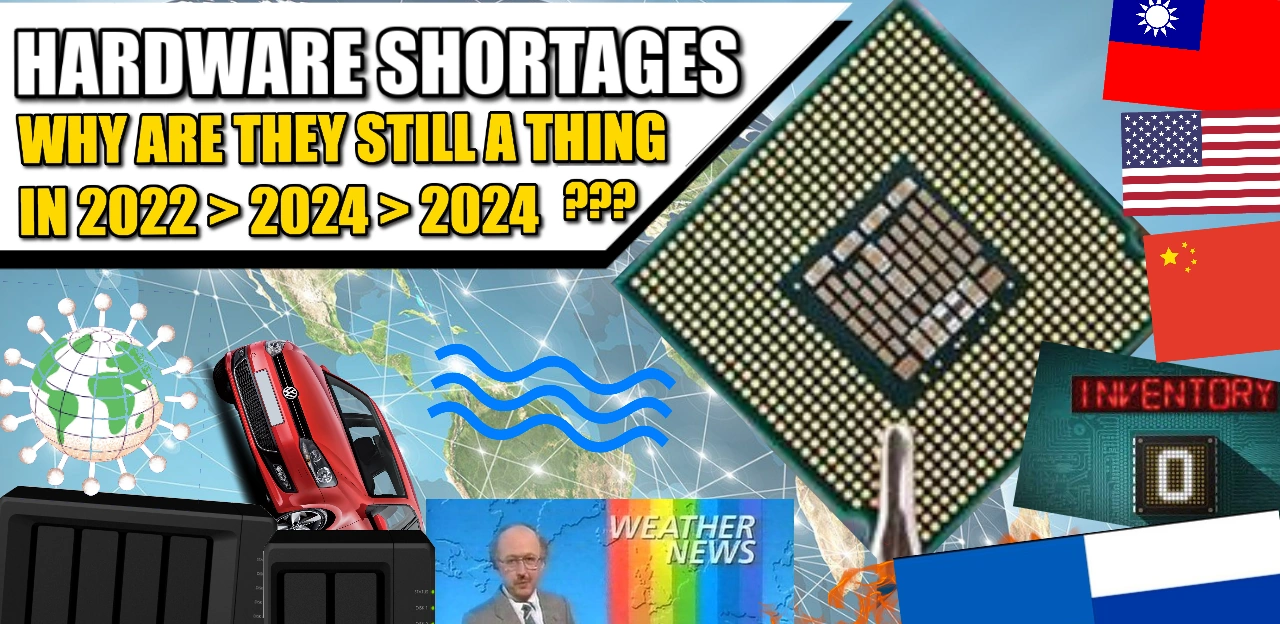



It seems they’ll continue in 2025 and even into 2026 with how things are going. Storage prices just keep creeping up. Same with many other components.
REPLY ON YOUTUBE
Bbc is not reputable
REPLY ON YOUTUBE
So, basically, don’t hold my breath for a DS922+. That sucks.
REPLY ON YOUTUBE
18 months of suck
REPLY ON YOUTUBE
Good, just unsubscribed.
REPLY ON YOUTUBE
I love that Casio watch. They still sell those? I want one!
REPLY ON YOUTUBE
Just like with technology and data, this validates the notion that you need a backup! A backup to every provider of technologies. We should never have all our eggs in one basket if a global economy is insisted upon. There’s just too many opportunities for disruption. Just as you all do with your portfolios, diversify! Personally, I think we have too much opportunity to China for the sake of cost, well how much has China cost the world in the last 2.5 years? That said, folks will hold on to their tech if companies don’t start discounting older tech to clear inventory for next gen. At some point you cut your loses or just sit there with a warehouse of new old stuff. That’s my US 2 cents! ????
REPLY ON YOUTUBE
Your comment about Fox News was completely unnecessary, STOP before I unsubscribe to your channel
REPLY ON YOUTUBE
LOL..I wouldn’t believe anything on BBC news ! Might as well be CNN or CBC ..the biggest jokes on TV.
REPLY ON YOUTUBE
Holding back new stock and not dropping prices on old stock might work on business buyers, but not on private consumers. Yeah, I see the old Synology models at full retail prices, and I’m not buying. So Synology can’t afford to drop prices on old stock, but can rather afford to just not sell them AT ALL, or in significantly reduced quantities? This seems like an opportunity for competition. The longer they wait to drop prices, the less I’m willing to pay. I own three Synology servers; I can wait.
I’m going to win this stalemate one way or another even if it means discovering a new NAS company. Eventually Synology MUST release new models.
I think most USA consumers would accept price increases if the solution to these issues included bringing manufacturing back to the USA. It has already been proven many USA consumers will pay more for the Made In the USA label.
REPLY ON YOUTUBE
“Hay-lo!”
REPLY ON YOUTUBE
Bitcoin is a necessary good. Can’t say the same of the other cryptocurrencies.
REPLY ON YOUTUBE
There is no climate crisis. There is climate change from natural cycles. However if you believe green eco fruit cakes if we STOPPED using technology and live in caves again all will be well. Great video though. It’s clearly a complex issue resolving chip and hardware supply
For gods sake don’t even go Brexit as a contributor. Main for me are Civid and it’s fallout and Russia’s genocide in Ukraine. The perfect storm
Ibutor
REPLY ON YOUTUBE
One of the things I saw reported was the container shortage. Businesses don’t have room to store stuff so they are not picking up their containers so they are left at the docks. These have to be moved around to get to other containers which then is causing traffic jams.
Another is that some companies are now paying extra expediting fees to get their raw materials quicker. This allows them to jump in line. This then is causing delays of raw materials to other companies that cannot afford to pay these fees.
REPLY ON YOUTUBE
Embrace the Suck!
REPLY ON YOUTUBE
I think it complicates things that we are now heading for 3nm and below, making it less productive in the lithography and the demand for water increases when there are really high demands on water cleanliness. Doubt we will see moores law in the future
REPLY ON YOUTUBE
Bendiciones hermosa Celina que Dios te cuidee donde quiera que Vaniaa.Uno encantan tus videos.
REPLY ON YOUTUBE
thank you for this video…not boring at all !!
REPLY ON YOUTUBE
que vor.monster encantan tus videos. Bendiciones hermosa Celina que Dios te cuide donde quiera los mortalesh abian apreciado tan hermosa mujer
REPLY ON YOUTUBE
its really sucks that shortages.. it took a long time to have some new hardware and Raspberry Pis etc.. Really sucks.. But we cant do anything about it 🙁
REPLY ON YOUTUBE
Add to the fact that Windows 11 demands fairly new hardware, and the shortage gets even worse. Cri everytim!!!
REPLY ON YOUTUBE